Eighty Years Later
It came to pass that we decided to visit Cambridgeshire, and so we booked a holiday let in Suffolk. It wasn’t our fault; it looks more like a case of gerrymandering to me, but at least we were close.
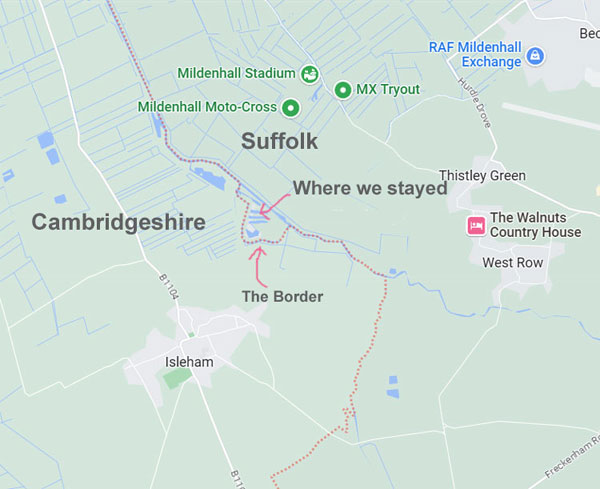
The idea was to visit Cambridge and some outlying settlements, one of those being Bury St. Edmunds. The reason for this was that my uncle was stationed there during The War.
Growing up, all I knew was that he had been in the Air Force in WWII and had been shot down over Germany and spent the last two years of the war in a POW camp, specifically Stalag 17B. I knew more about his time in the POW camp than on his base, which was somewhere in England, for a variety of reason: first, he was there longer; second, one of the prisoners (Ben Phelper) wrote a book about it; and third, because—like many servicemen—he didn’t talk about it much. He never mentioned a word of it to me, and all my dad could tell me was that, for years after he returned from the war, he’d wake up at night screaming, “The plane’s on fire! Get out! The plane’s on fire!”

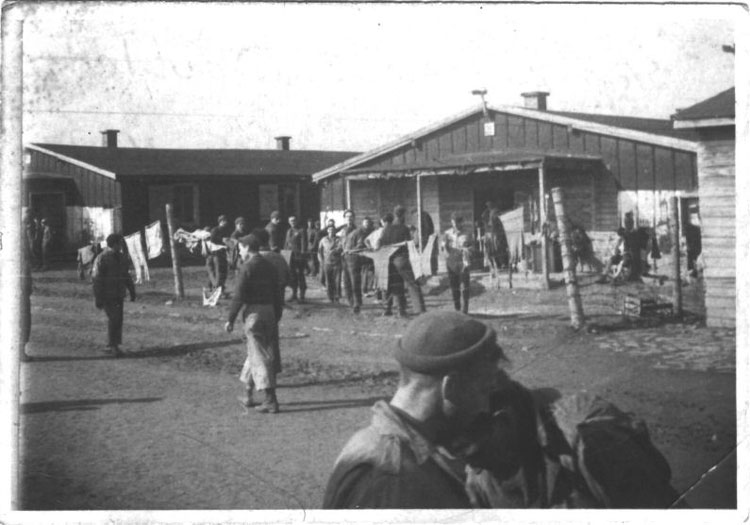
By the time I became serious about researching family history, my uncle was gone. My aunt gave me what she could, but it wasn’t much, so where he was based in England remained a mystery.
Then, a few years ago, more information came on-line and I was directed to the American Air Museum website where I found a wealth of information, including where my uncle had been based, which was Bury St. Edmunds. And so, as we were nearby, I figured I’d drive over to see if there might be a plaque or a memorial of some sort. Turns out, there isn’t; there’s a museum, instead.
It’s The Rougham Control Tower Museum (Rougham being the tiny town outside of Bury St. Edmunds where the base was actually located) and it is staffed by a group of dedicated volunteers—all dressed as GIs or US Airmen—who are more than happy to share their knowledge of history with you. The museum is only open on Sunday, so it was a good thing my wife found the museum’s website (I was still looking for a memorial) on-line on Saturday, where we noted the location, and opening hours.
The museum was larger than I thought it would be, and filled with artifacts that guys my age love to look at and go, “We had one of these when I was a kid,” or “I remember Dad had something like that in his workshop,” or “I still own one of those!”

We spent all morning there, admiring the exhibits, chatting with the volunteers, and enjoying tea and a slice of homemade coffee and walnut cake in the US-style PX. We also had a long conversation with Clifford Hall, one of the volunteers who serves as historian of the group due to the fact that he had actually been there when it was an active base.
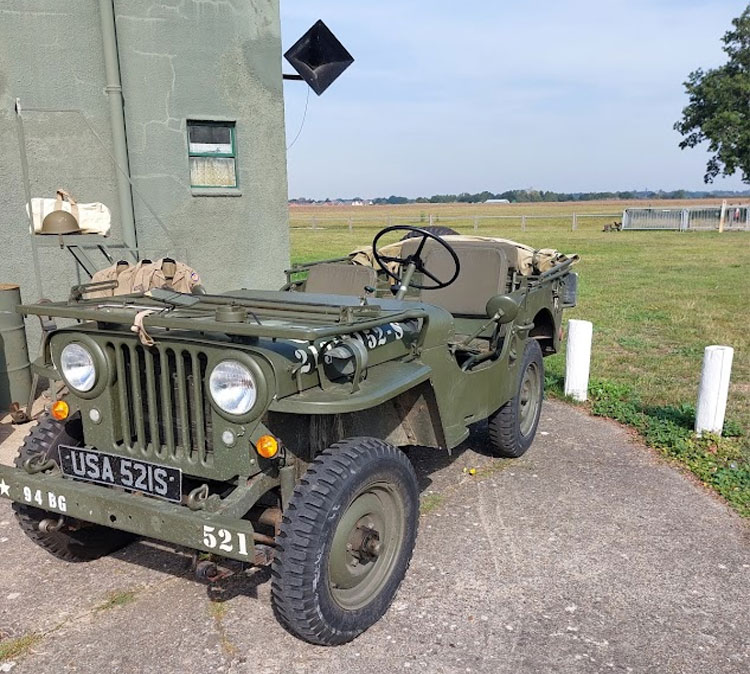
In 1941, his quiet country life came to an end when army engineers began building an air base next to his home. Then, in 1942, the Americans came, and he began (unofficially) working on the base, where he got to know many of the men (not my uncle, however) and became familiar with the layout. He is now in his 90s, but it looks good on him, and he was full of fascinating stories.
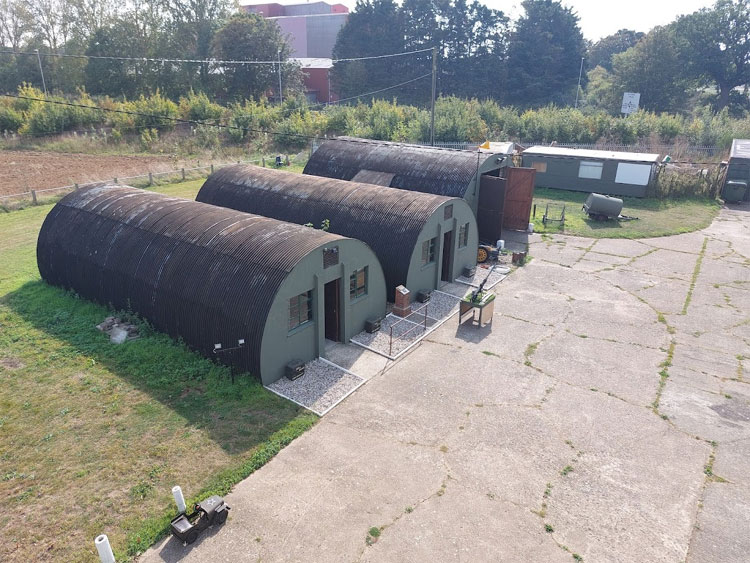
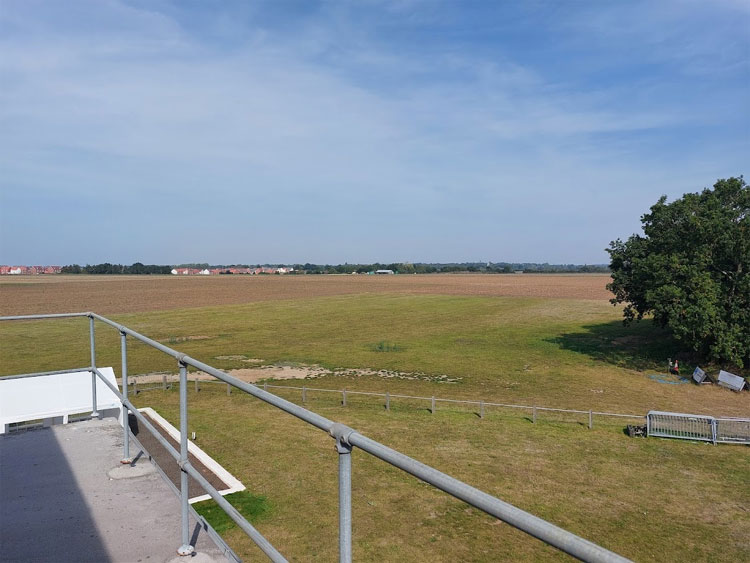
My only regret is that I didn’t get to this place sooner, but at least I was eventually able to visit, eighty years after my uncle made his final flight.
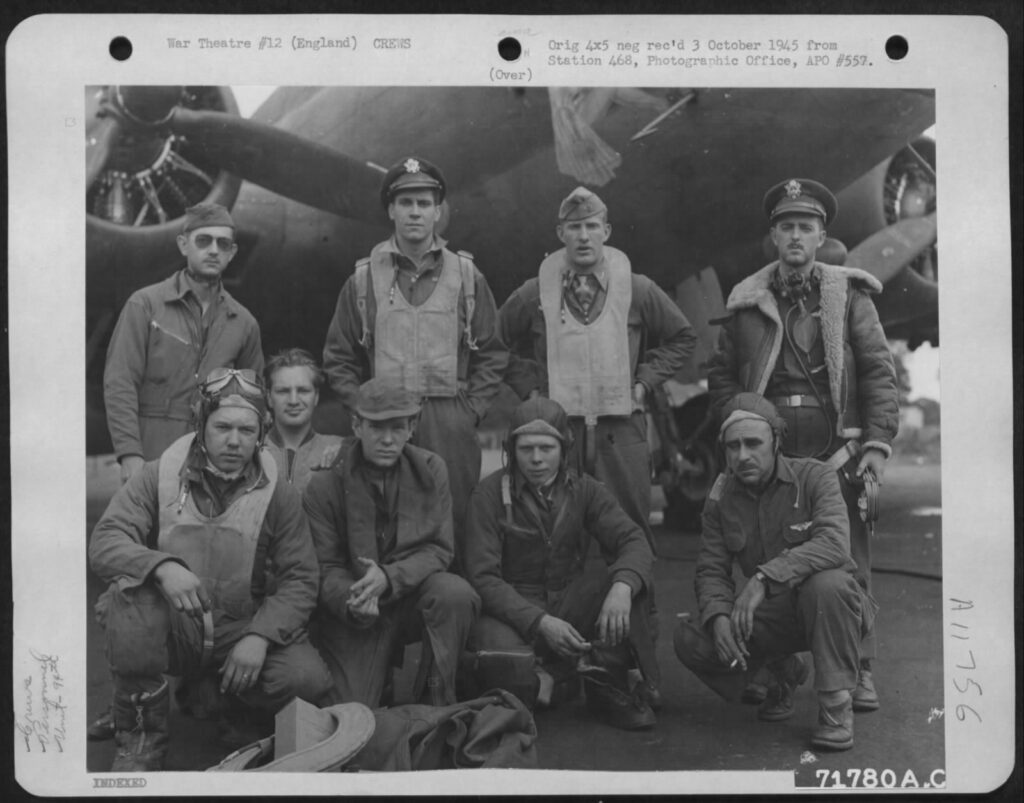
6 Comments
Benny Coxhill
You look too comfortable holding that rifle.
MikeH
What can I say. I’m an American; we do guns. 😉
Janet Perkins
Wonderful that you found the place. It’s so important to connect with our past. It gives us an anchor in the present. Thanks for sharing the photo of your uncle and his pals.
Ted Ropple
Great post, Mike- it’s good that you managed to get there and it was open!
BTW- that rifle looks like an honest-to-god M1 Garand 30-06 in very nice shape. You wouldn’t believe what that’s worth today!
MikeH
Yup, an authentic M1. They had several, and a rack of other types of vintage weapons. I also got to dry-fire a machine gun.
Leon
Hi Mike,
So glad you you got to visit the place. Did you get to visit Maddngly too?